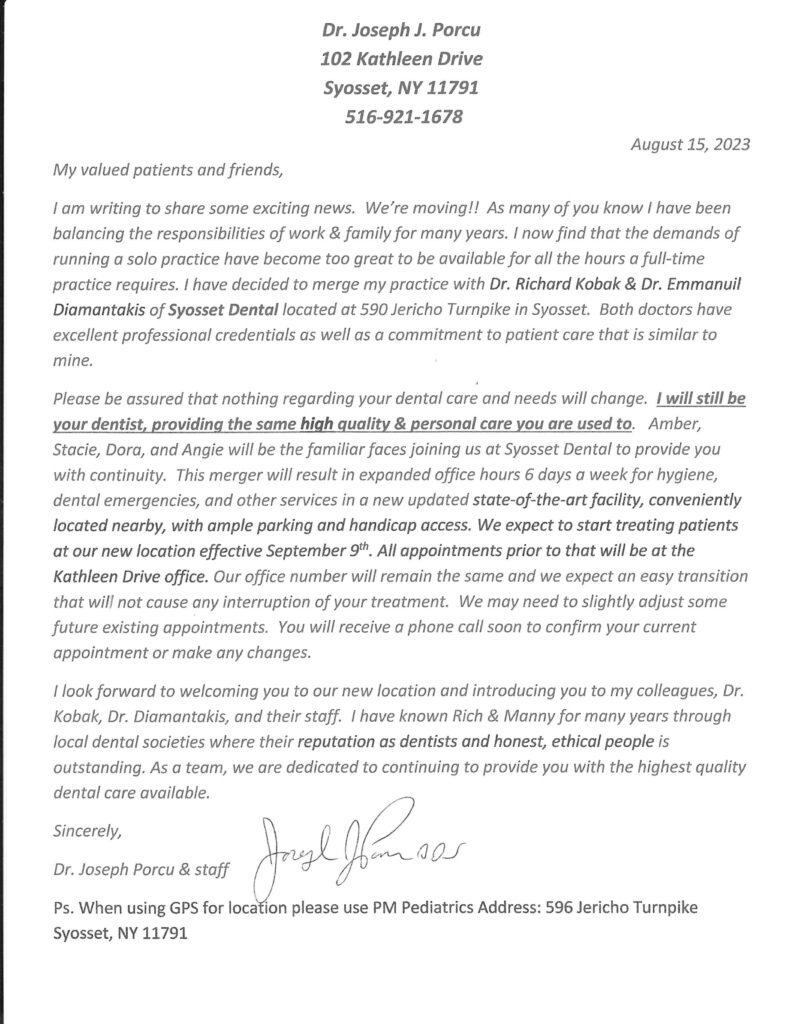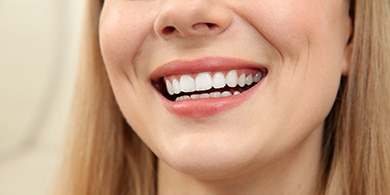 Adult tooth loss is common. Leading causes for tooth loss include tooth decay, forceful trauma, and especially gum disease. You have a plethora of cosmetic dental choices to improve the look of your less-than-perfect smile. However, in the case of tooth loss, you must consider more than how your smile looks. Dr. Richard Kobak explains what happens after tooth loss, and what you should consider when deciding on a replacement procedure.
Adult tooth loss is common. Leading causes for tooth loss include tooth decay, forceful trauma, and especially gum disease. You have a plethora of cosmetic dental choices to improve the look of your less-than-perfect smile. However, in the case of tooth loss, you must consider more than how your smile looks. Dr. Richard Kobak explains what happens after tooth loss, and what you should consider when deciding on a replacement procedure.
Your Mouth Mourns a Lost Tooth
Only about 10% of your body’s calcium circulates in your bloodstream to facilitate body functions that require the mineral. The other 90% resides in your teeth and bones. Calcium is considered a valuable mineral because it allows your blood to clot and your muscles and blood vessels to contract and expand. Calcium also allows your nervous system to send signals throughout the rest of your body, not to mention to strengthen your bones and teeth. Because of calcium’s importance, your body closely regulates it. If your blood calcium levels drop, your body will automatically redirect calcium from your bones and teeth into the bloodstream to keep blood levels even.
Similarly, when you lose a tooth, your body registers the loss. Because the jaw has fewer teeth to support, the body decides the jaw does not need the same amount of nutrients it received before for tooth support. The body redistributes those nutrients. The reduced nutrient supply causes your jawbone to slowly deteriorate, which leads to the sunken-jaw look known as facial collapse.
How to Treat Facial Collapse
Replacing a lost tooth with a dental implant is the most efficient way to prevent facial collapse. While dentures, partials, and bridges replace the crown (top, visible part) of your tooth, they do not replace the root, which received the nutrients from your jaw before it was lost. A dental implant restoration mimics the entire structure of a tooth (root and crown).
To secure an implant, the surgeon inserts a rod or screw into the jaw bone in place of the lost tooth root. The screw is made of biocompatible titanium, so the jaw accepts it as natural and fuses to its surface. When the bone heals (which usually takes at least three months) Dr. Kobak will utilize your brand new, metal tooth root to anchor a dental prosthetic (i.e. crown, bridge, or implant-retained denture). Because the jaw accepts the implant as natural, the body once again sends nutrients to support it, preventing the degradation of bone that causes facial collapse.
Find Out if You’re at Risk
Jawbone degradation can take years, sometimes decades. By the time you notice the effects, dental implants may not be an option anymore. Implants require sufficient bone structure to support the implant. The only way to know if you are at risk for facial collapse is for Dr. Kobak to perform a comprehensive dental exam. To learn more about tooth loss, facial collapse and the various treatments we offer, schedule a consultation with Dr. Kobak by calling our Syosset dental office at (516) 433-2211. We welcome patients from Long Island, Nassau, Suffolk, and the surrounding New York City neighborhoods.











